There's an AC signal, 1 V amplitude, which is the input to an op-amp, in differential mode:
However, the output gets clipped and the amplitude isn't unity for some reason, even though gain is set to be 1.
To "fix" this clipping, one needs to "bias" the op-amp by putting a reference midpoint (resistor divider network for example) at the positive terminal of op-amp, like this:
An "explanation" is that:
for the opamp to swing high, your input signal has to go below the ground, so you set up "virtual ground" somewhere between rails so that your opamp has some reference against which to invert the input signal
Or the "op-amp can't go beyond its output rails" etc. These explanations do not help me understand the why.
To understand why, I'd like to know how the output of the OP284 changes with changing inputs to the OP284.
Is this approximately what the OP284 looks like?
Let's assume it is, which is just a bunch of BJTs.
V1 = negative terminal input to U1 V2 = positive terminal input to U1.
Output of U1 is: \$ V_{out} = Gain * (V_2- V1) \$
Gain is unity, so it's just: \$(V_2- V1)\$
Let's assume V5 (input source AC signal) goes like this:
At t = 1, Vin (positive terminal of V5) -> V1 is 0.1 V, V2 = 0 V.
t = 2, Vin = 0.2 V, V2 = 0 V
t = 3, Vin = 0.3 V, V2 = 0 V
For these three time instances, what's Vout?
Well, from figure 4, Q2 is closed off pretty much all the time, right? Q1 is slightly on, so Vo1 is about 0.1 V, while Vo2 is the maximum 5 V? (VCC5 rail).
So what about Vout when:
t = 10, Vin = 1 V, V2 = 0 V
t = 11, Vin = 0.9 V, V2 = 0 V.
...
t = 20, Vin = 0 V, V2 = 0 V
t = 21, Vin = -0.1 V, V2 = 0 V
?
